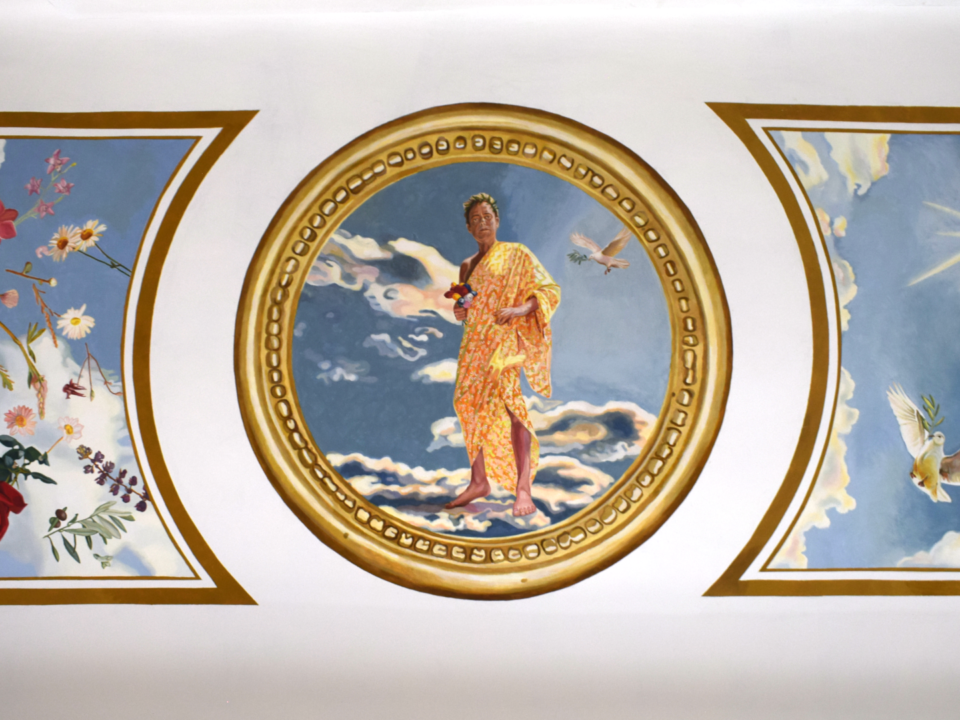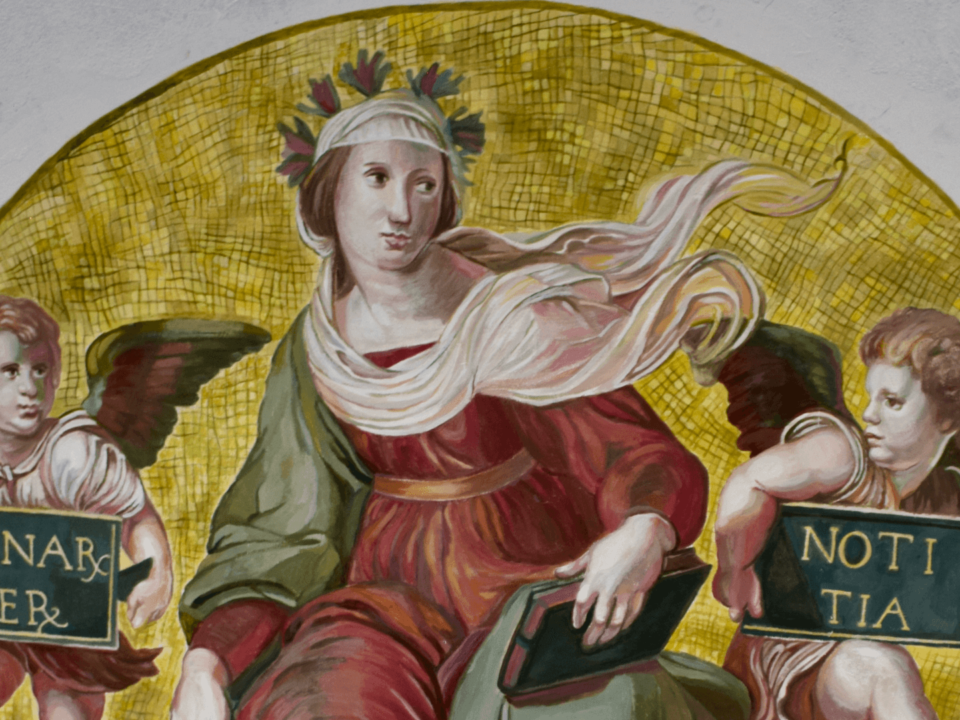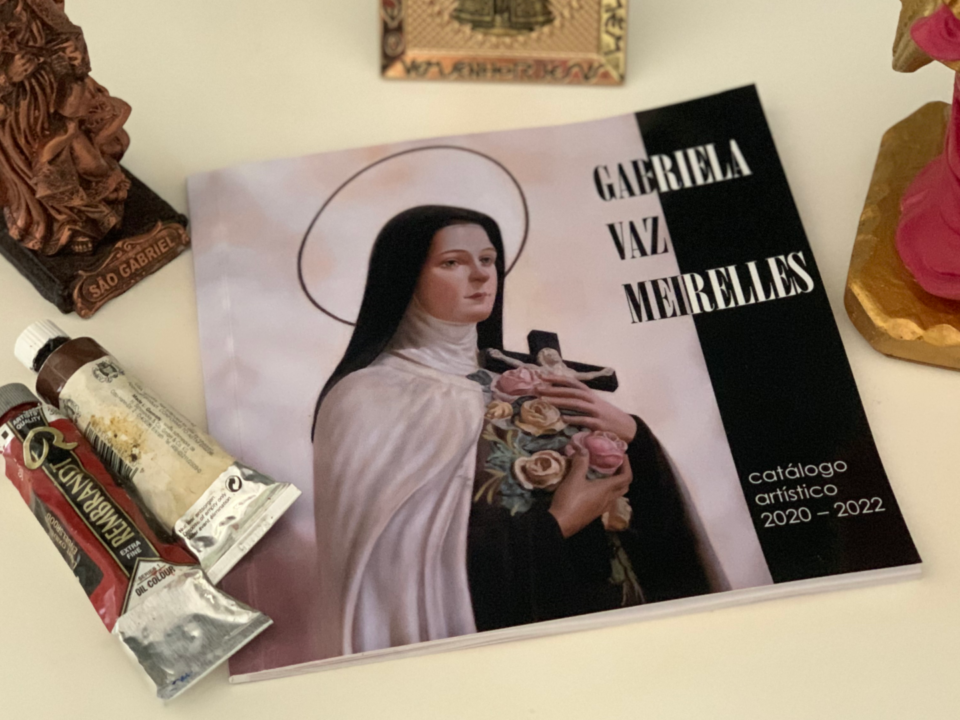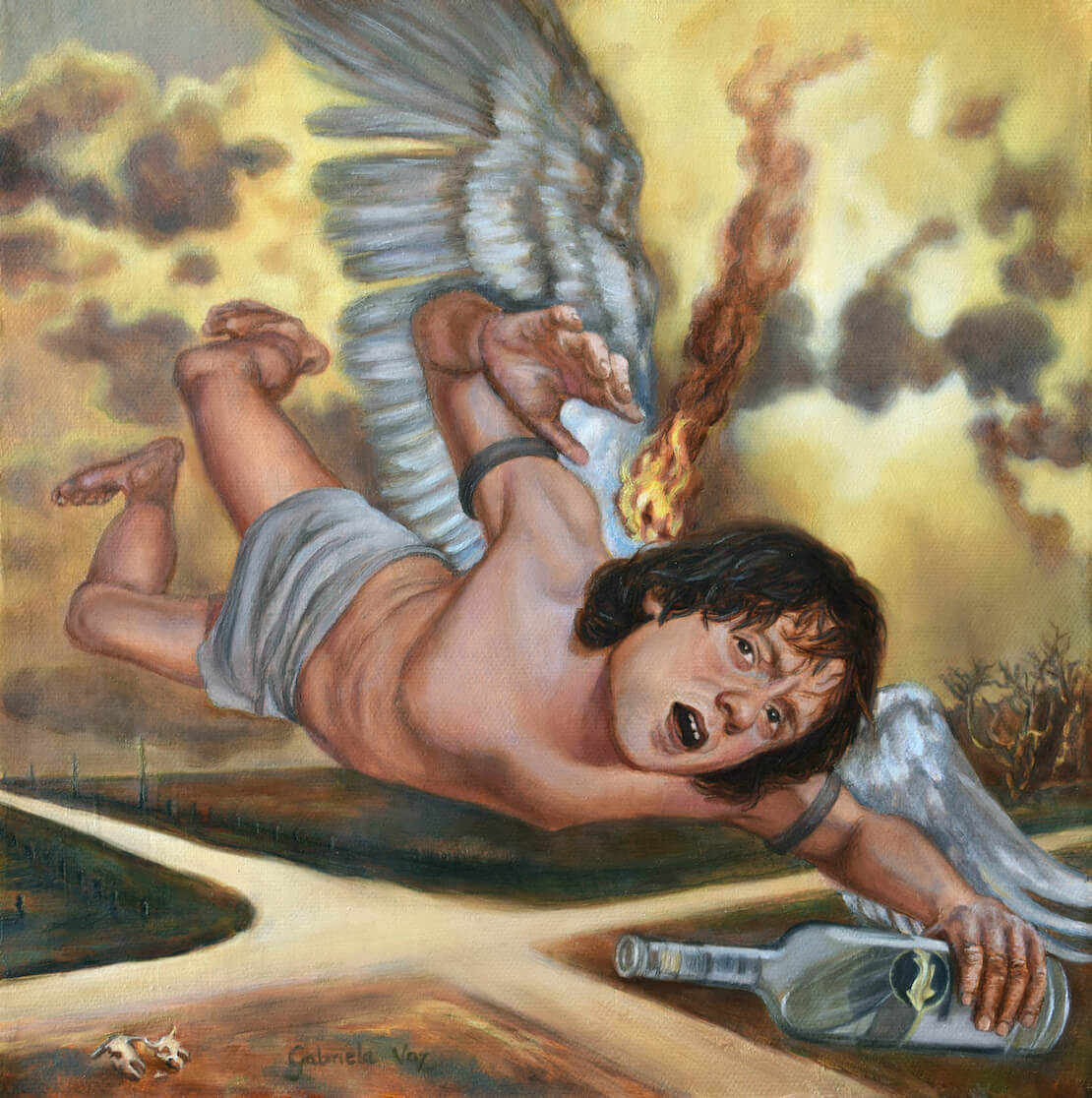
Gabriela Vaz Meirelles, Revolutionary Road, oil on canvas, 30 x 30 cm, 2019
The Single: Revolutionary Road
“Ícaro voou até o sol e se queimou down the revolutionary road”, as the Brazilian musician Guztavo Gentil wrote in the lyrics of his single Revolutionary Road.
REVOLUTIONARY ROAD – Guztavo Gentil
Say your prayers it’s time to go
Fears are left behind when you crave for more
No regrets don’t look back the time has come
To trade your soul in the crossroad
Stop this war you've gone too far down the revolutionary road
Ícaro voou até o sol e se queimou down the revolutionary road
Take your chance to roll the dice
Your satisfaction is slavery in disguise
Seize the night play with fire but soon enough
You'll find yourself inside the spiders web
A Commission for the Cover of a Single
In 2019, Guztavo contacted Gabriela for the design of the cover of his new single. As a great admirer of classical Greco-Roman culture, Gabriela was very excited with the proposal of the commission: a composition based on the Icarus myth.
Icarus Myth
In Greek mythology, Icarus was the son of a skilled Athenian craftsman, Daedalus, responsible for building the labyrinth for King Minos of Crete, near his palace in Knossos, to imprison the Minotaur, a monster with the body of a man and the head of a bull. Daedalus built the labyrinth for Minos, but later displeased the king and was imprisoned. He managed to escape from prison, but could not leave the island by sea, as it was under strict surveillance.
Daedalus then made two pairs of wings of wax and feathers for himself and his son. He tried his wings first and taught his son to fly. However, before trying to escape the island, he recommended to Icarus not to fly too close to the sun, nor too close to the sea, but to follow his flight path at a moderate height, as the humidity could clog the wings and the heat of the sun could melt the wax that held their feathers. Father and son then took flight, causing great surprise to those who were watching them from the ground. They had left Samos and Delos on the left and Lebintos on the right, when Icarus, overcome by vertigo during the flight, disobeyed his father and began to rise eagerly to reach the sky. The proximity of the sun melted the wax that held the feathers together and they came off. Icarus continued waving his arms, but there were no longer any feathers to support him in the air. Screaming for his father, he then fell into the sea and drowned. Mourning his own art and crying over his son's death, Daedalus buried his body and named the nearest land Icaria in his memory. Daedalus arrived safe in Sicily, where he built a temple to Apollo, there laying his wings in offering to the god. Icarus story is told by Ovid in the Book VIII of the Metamorphoses. Today, the supposed burial site on the island bears his name, and the sea near Icaria, where he drowned, is called the Icarian Sea.
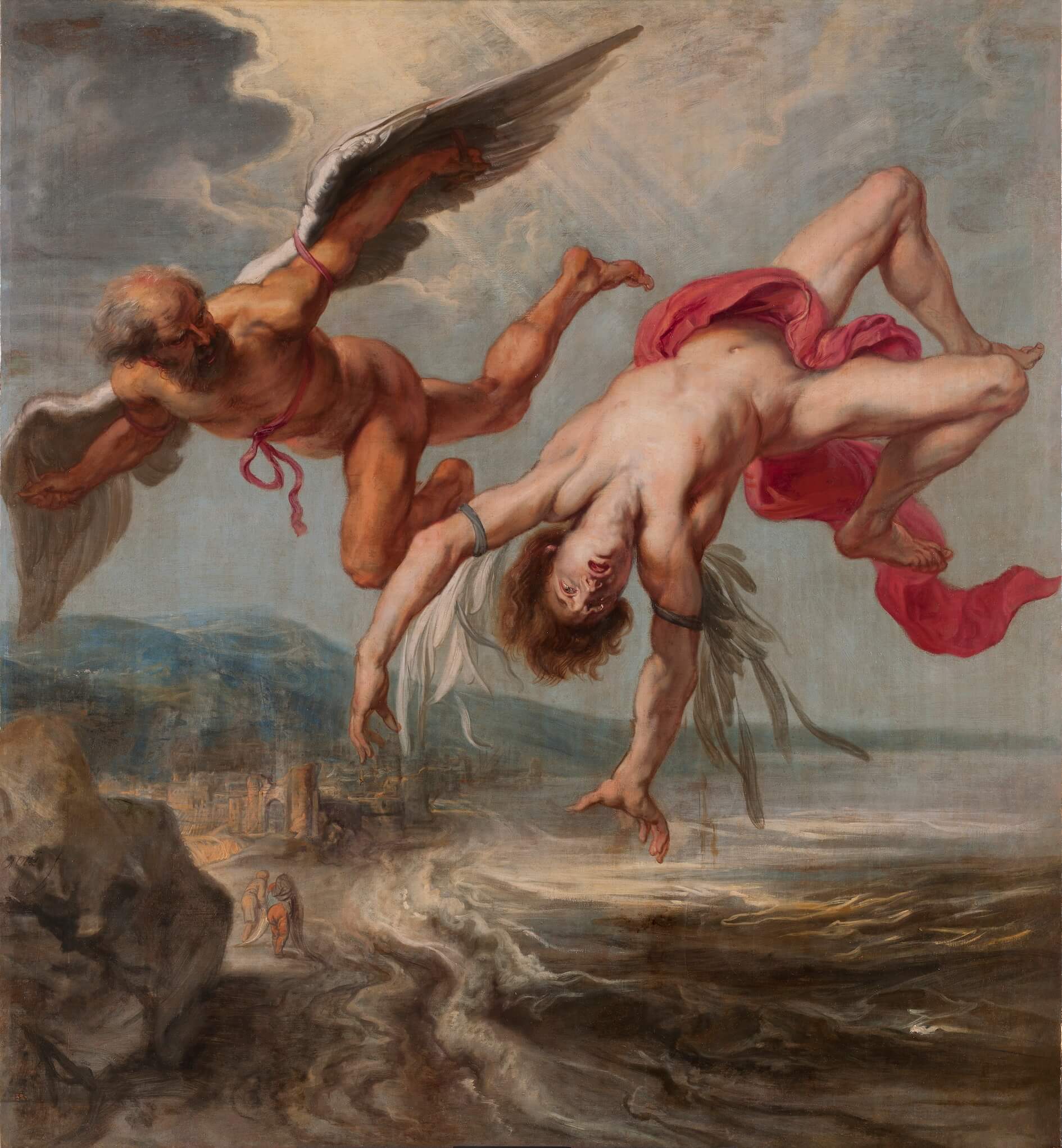
The Fall of Icarus, Jacob Peter Gowy (1636-1638, Museo del Prado)
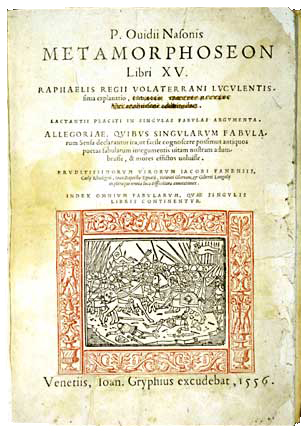
Title page of Metamorphoses by Ovid, 1556
The Composition
Seeking to merge the song lyrics to the myth narrative, Gabriela created a composition of the moment when the Icarus-like character – after flying too close to the sun and having the wax from the wings melted by the heat – falls from the sky. Here, instead, he falls not in the sea, but on the intersection of the arid Revolutionary Road, intoxicated from his ambition and alcohol, in a rock version for the cover of the single.
The Drawing Process
For the drawing, Gabriela used a Canson paper measuring 30 x 30 cm, in order to suit the squared format of the single. She toned the paper with a mixture of yellow ochre, ivory black and white egg tempera and left it to dry. She then drew the composition using soft, medium and hard charcoal pencils in different stages. When the drawing was finished, she applied a thin layer of fixing spray to fix it.
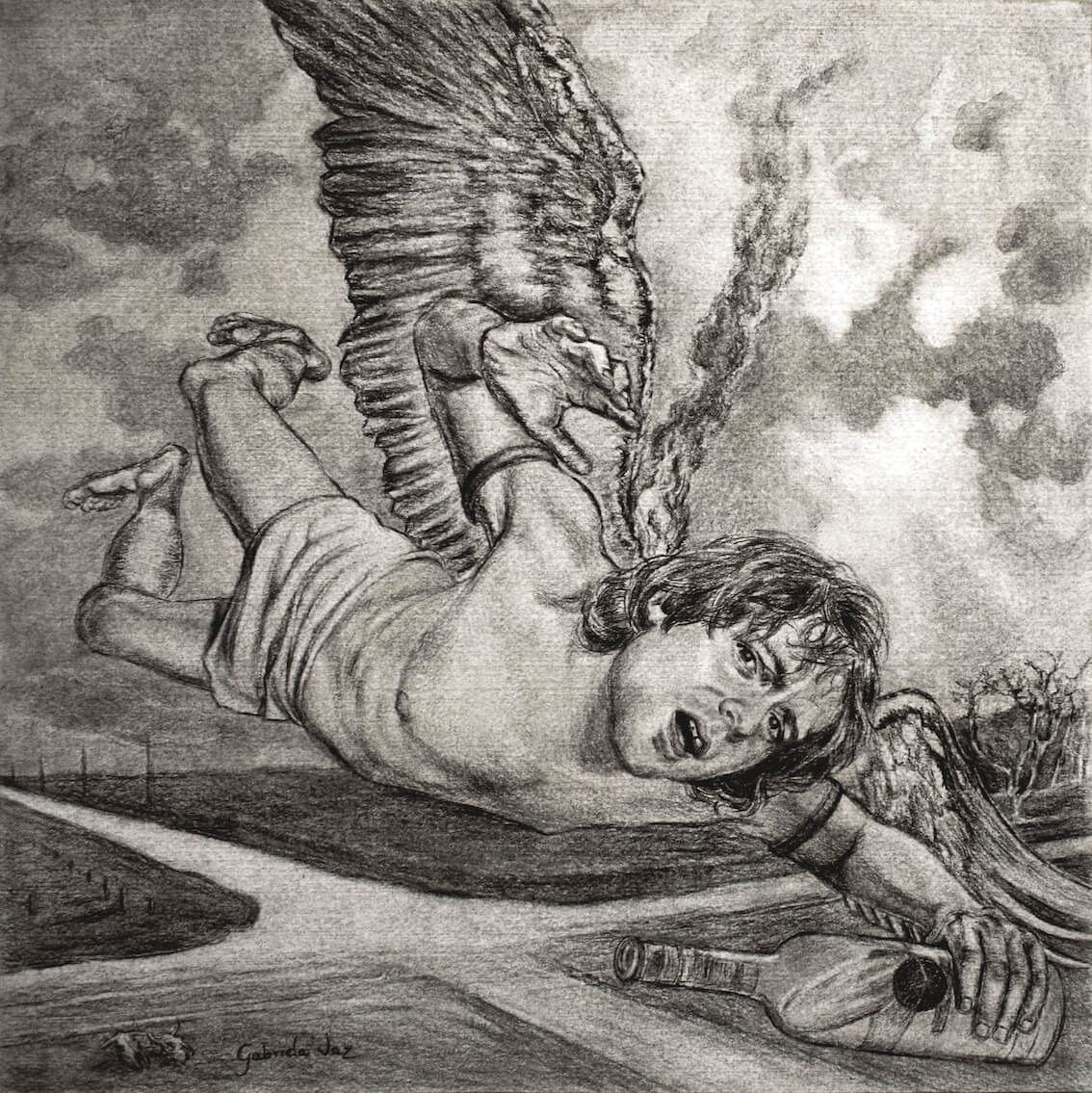
Gabriela Vaz Meirelles, drawing for the Revolutionary Road, 2019
The Painting Process
Gabriela developed the painting of the Revolutionary Road following the Old Masters technique. In order to start the painting, she stretched a fine prepared cotton canvas measuring 30 x 30 cm and applied to its surface a cold medium gray color using a palette knife, in order to balance the high value of the white canvas that can disturb the painter’s sense of the relative values of colors applied to it. For the underdrawing layer, Gabriela transferred the composition to the surface of the primed canvas using a burnt umber color. In the next day, she did a warm grisaille layer using a mixture of transparent brown oxide and natural raw umber. She then applied successive dead layers of a mixture of white and raw umber to adjust the form and tone of the body of Icarus. For the color underpainting layer, she applied broad fields of color in the major areas and turned to the smaller ones using smaller brushes. She worked gradually, day after day, returning to most areas several times to add depth and details after allowing previous coats of color to partially dry. Finally, she did the glazing stage using very thin layers of transparent colors and let the painting dry. After it was completely dried, she applied a thin layer of varnish to protect it from dirt and dust, to revive the colors and even out the painting's final appearance.

Development of Gabriela's Revolutionary Road
The image of the painting was used as the digital Revolutionary Road single cover and was published on three different audio streaming platforms: Spotity, Deezer and Amazon Music.

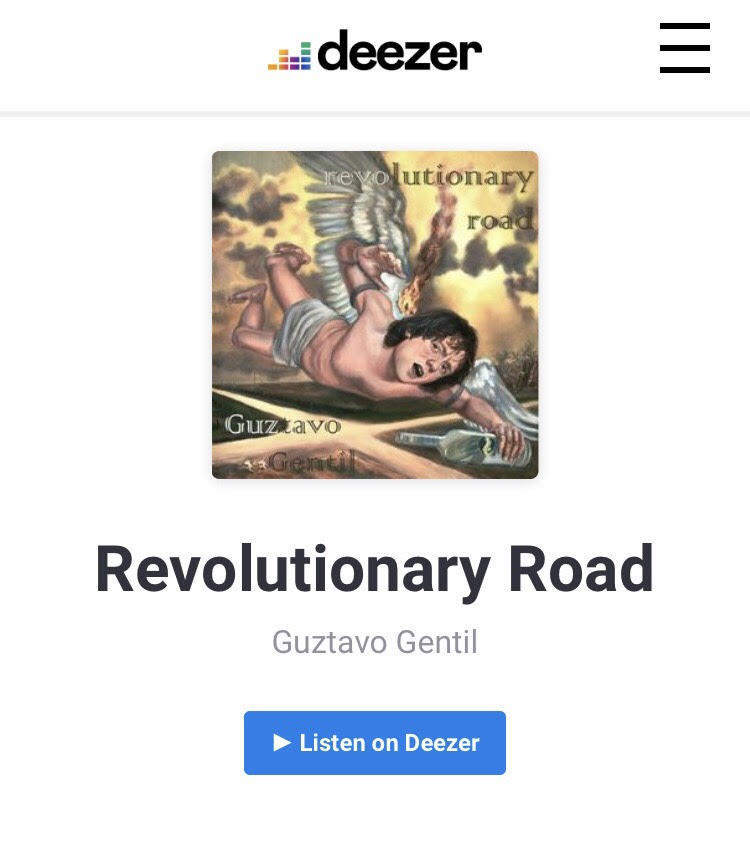

References
OVID, P. N. Metamorfoses. Portuguese. Translation by Domingos Lucas Dias. São Paulo: Editora 34, 2017.
Icarus. In Wikipedia. Available at: https://en.wikipedia.org/wiki/Icarus
GOWY, JACOB PEETER, La caída de Ícaro. Museo Nacional del Prado, 2022. Available at: https://www.museodelprado.es/coleccion/obra-de-arte/la-caida-de-icaro/2823dc25-398a-4d88-a4b2-be314065a62d

